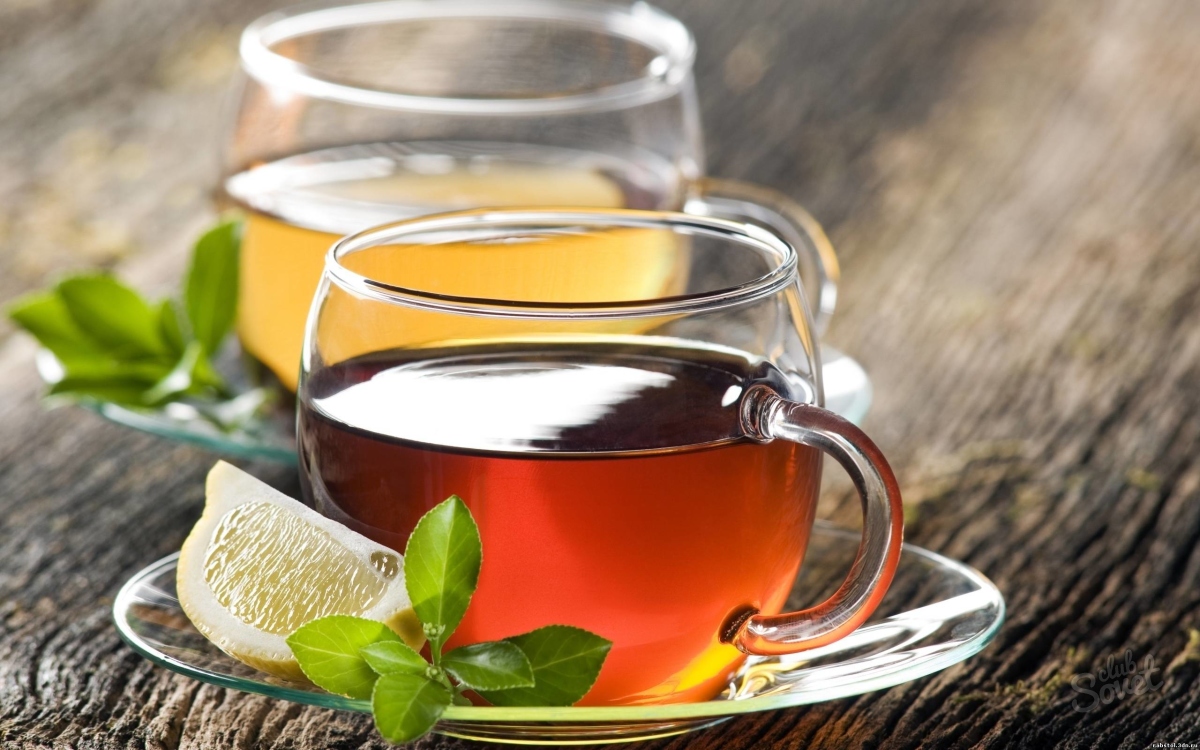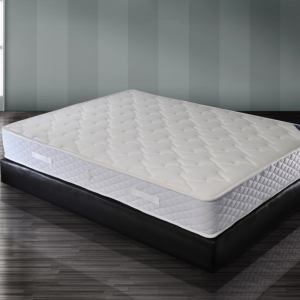In everyday life, any person may encounter a task to measure the rigidity of water at home. Stiffness is the number of magnesium and calcium salts, they adversely affect the quality of various processes in which water with increased rigidity is involved. In urban water pipes, this indicator should be about 7 mgq / l, but in fact the norms are often broken. The lower the percentage of salts, the water is softer and more useful. Setting up a dishwasher, dosage of washing powder, filling aquarium or easy interest - that would not serve as a reason for measurements, this instruction will help you to know the rigidity of water.
If you wish, only to compare the quality of water from different sources to choose the best, the easiest to weigh it: the easier the water, the one is softer and more suitable for use. You can also brew high quality tea, give it to brew, and then evaluate the color and transparency of the drink: the best water in the vessel with the transparent liquid of the peach shade, and the turbid tea indicates contamination. Increased water rigidity also affects the quality of washing, washing, because detergents are poorly dissolved in such water and, accordingly, less effective. Consequently, another way of checking: if soap foams well, it is even difficult to wash off - the water is soft. It is possible to use soap in a different way: to chop it into the chips, dissolve in a glass of hot water and leave to be broken. In the case of formation on the surface of insoluble soap crust, it can be concluded that the water is rigid. Otherwise, the fluid should be transparent, without slices of soap.


Do not forget that your health and health of your loved ones depends on the quality of water that you consume. Excessive rigidity reduces detergent efficiency. Therefore, it is worth being attentive and responsible for the use of water, check its purity and chemical composition and, if possible, choose the best, determining its quality at least at home. In order to reduce the rigidity of water at home, there is a single recipe: it is necessary to boil it before any use.





































